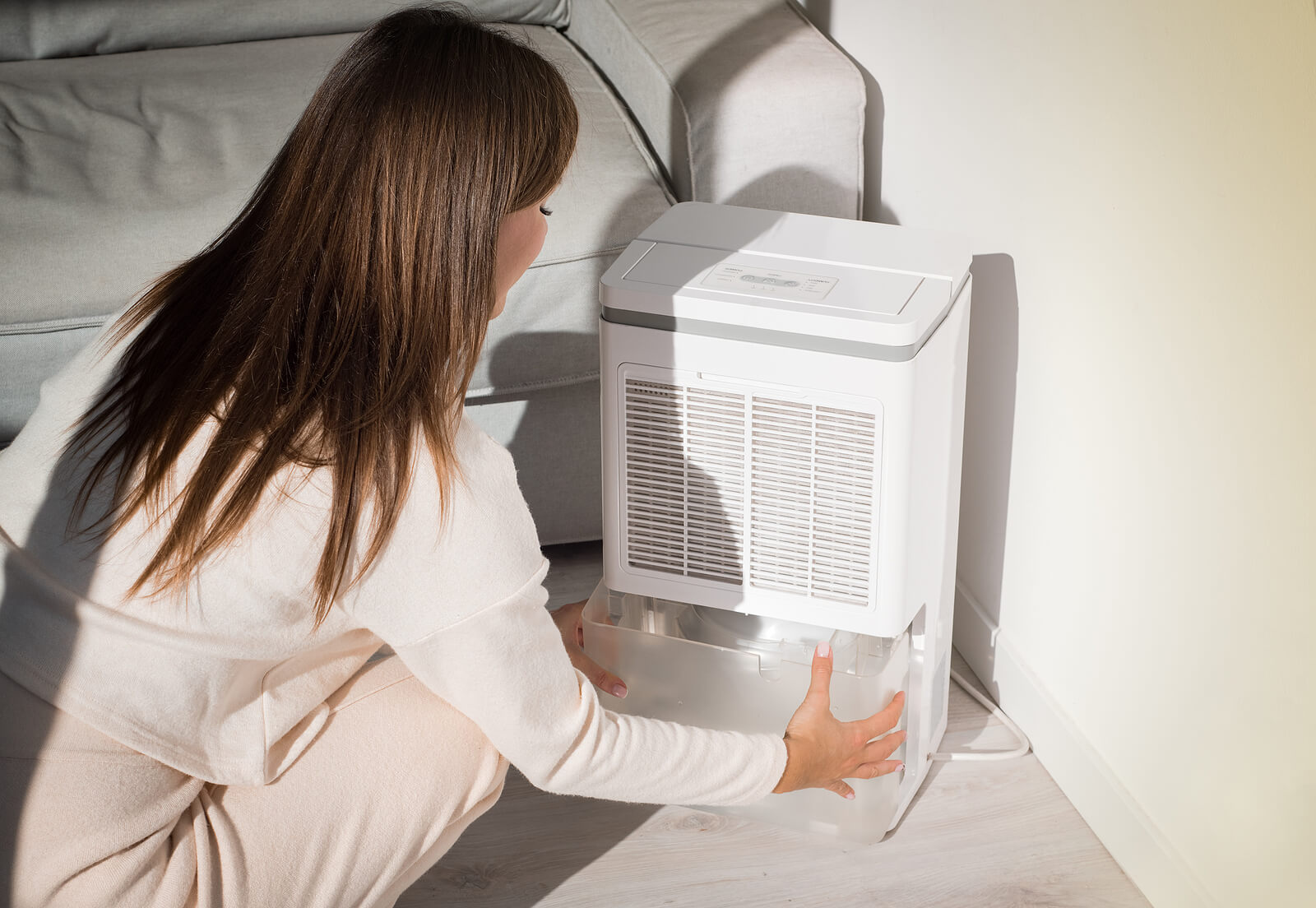

Articles
How A Dehumidifier Works
Modified: September 2, 2024
Learn how dehumidifiers work and the benefits they provide. Read our informative articles on dehumidifiers to discover how they can improve air quality in your home.
(Many of the links in this article redirect to a specific reviewed product. Your purchase of these products through affiliate links helps to generate commission for Storables.com, at no extra cost. Learn more)
Introduction
A dehumidifier is an essential appliance that helps in controlling the moisture levels in indoor spaces. Excess humidity can lead to a wide range of problems such as mold growth, musty odors, and damage to furniture and belongings. By removing excess moisture from the air, dehumidifiers create a more comfortable and healthier environment.
This article will provide a comprehensive overview of how a dehumidifier works and why it is important to have one in your home or workplace. We will explore the different components of a dehumidifier, its working principle, and the various types available in the market. We will also discuss the benefits of using a dehumidifier, factors to consider when choosing one, and tips for its maintenance and care.
Whether you live in a humid climate or simply have areas in your home that are prone to moisture buildup, understanding how a dehumidifier works can help you make an informed decision about incorporating one into your indoor environment. Let’s dive into the details and discover how this handy appliance can improve the quality of your living space.
Key Takeaways:
- Dehumidifiers play a crucial role in preventing mold growth, protecting belongings, and improving indoor air quality by effectively extracting excess moisture from the air through cooling, condensation, and reheating processes.
- When choosing a dehumidifier, factors such as room size, humidity level, energy efficiency, and maintenance requirements should be considered to ensure optimal performance and longevity, providing a healthier and more comfortable indoor environment.
Read more: How To Dispose Of A Dehumidifier
What is a Dehumidifier?
A dehumidifier is an electrical appliance designed to reduce and control the humidity levels in enclosed spaces. It works by extracting excess moisture from the air, helping to create a more comfortable and healthy environment. Dehumidifiers are commonly used in basements, bathrooms, crawlspaces, and other areas prone to high levels of humidity.
Excessive humidity can have adverse effects on both health and property. High moisture levels in the air can lead to the growth of mold, mildew, and dust mites, which can trigger allergies, respiratory issues, and contribute to poor indoor air quality. In addition, excess moisture can cause damage to walls, furniture, and other belongings, leading to costly repairs and replacements.
A dehumidifier works by drawing in moist air through its fan and passing it over a cold coil. As the air comes into contact with the cold coil, the moisture in the air condenses into liquid form and is collected in a water reservoir. The dehumidified air is then reheated and expelled back into the room. This constant cycle helps to maintain optimal humidity levels.
Dehumidifiers come in various sizes, capacities, and designs to suit different needs and spaces. Some models are portable and can be easily moved from room to room, while others are designed for larger areas or permanent installations. They can also vary in terms of energy efficiency, noise levels, and additional features such as built-in hygrometers and programmable settings.
Overall, a dehumidifier plays a crucial role in regulating moisture levels, preventing the growth of mold and other harmful microorganisms, and protecting the integrity of buildings and their contents. It provides a range of benefits from improving indoor air quality and reducing health risks to safeguarding valuable possessions.
In the next sections, we will delve deeper into the components of a dehumidifier, its working principle, and the different types available, providing you with a comprehensive understanding of how this essential appliance operates and why it is worth considering for your indoor spaces.
Importance of Dehumidifiers
Dehumidifiers play a vital role in maintaining a healthy and comfortable indoor environment by controlling the moisture levels in the air. Here are some key reasons why dehumidifiers are important:
1. Prevention of Mold and Mildew: Excess humidity creates the perfect breeding ground for mold and mildew. These microscopic fungi can not only cause unpleasant odors and discoloration but also pose health risks such as allergies, respiratory problems, and even infections. Dehumidifiers help to reduce moisture levels and prevent the growth of mold and mildew, improving indoor air quality and safeguarding your health.
2. Protection of Belongings: High humidity can cause damage to your furniture, clothing, electronics, documents, and other valuable possessions. It can result in warping, swelling, and deterioration of materials. By maintaining optimal humidity levels, dehumidifiers help to preserve the integrity of your belongings and extend their lifespan.
3. Allergy and Asthma Relief: Dust mites are common allergens that thrive in environments with high moisture. These microscopic creatures can trigger allergic reactions and worsen respiratory conditions such as asthma. Dehumidifiers create an inhospitable environment for dust mites by reducing humidity levels, providing relief to allergy and asthma sufferers.
4. Reduction of Musty Odors: Musty odors are often associated with damp and moldy environments. By removing excess moisture from the air, dehumidifiers help eliminate musty odors, making the indoor spaces more pleasant and fresh smelling.
5. Prevention of Structural Damage: Excessive humidity can lead to condensation on walls, ceilings, and other surfaces, causing issues like peeling paint, warped wood, and deteriorating plaster. Prolonged exposure to high levels of moisture can compromise the structural integrity of buildings. Dehumidifiers prevent moisture-related damage, thereby protecting your property investment.
6. Increased Comfort: High humidity can make you feel uncomfortable, even if the temperature is at a comfortable level. It can cause sweating, clamminess, and a sticky feeling. Dehumidifiers help to create a more comfortable environment by reducing humidity levels and allowing you to feel cooler and more at ease in your living or working space.
7. Energy Efficiency: When the air is humid, it feels warmer than it actually is, prompting the use of air conditioning to maintain a comfortable temperature. By using a dehumidifier to reduce the humidity, you can potentially save energy and reduce the load on your cooling system, resulting in lower energy bills.
8. Peace of Mind: Having a dehumidifier installed in your home or workplace provides peace of mind, knowing that you are taking proactive measures to maintain a healthy indoor environment. It can contribute to your overall well-being and create a space where you and your family can thrive.
By controlling and reducing excess moisture, dehumidifiers offer a range of benefits for your health, comfort, and property. They are an important addition to any indoor space, especially in areas where humidity is a frequent issue.
In the next sections, we will explore the various components of a dehumidifier and how they work together to effectively extract and control moisture from the air.
Components of a Dehumidifier
A dehumidifier consists of several key components that work together to extract excess moisture from the air and maintain optimal humidity levels. Understanding these components will give you a clearer picture of how a dehumidifier functions. Let’s take a closer look at each of them:
1. Compressor: The compressor is responsible for the dehumidifier’s refrigeration cycle. It works by compressing and expanding refrigerant gases, which helps to cool the dehumidifier’s coils and extract moisture from the air.
2. Evaporator Coil: The evaporator coil is located inside the dehumidifier and is responsible for cooling the incoming air. As the warm, humid air enters the dehumidifier, it passes over the cold evaporator coil, causing the moisture in the air to condense into droplets.
3. Condenser Coil: The condenser coil is located near the compressor and is responsible for reheating the air after the moisture has been extracted. It helps to bring the temperature of the air back to its original level before it is released back into the room.
4. Fan: The fan plays a crucial role in circulating the air inside the dehumidifier. It draws the humid air from the surrounding environment, passes it over the evaporator coil, and blows the dehumidified air back into the room. The fan also aids in the evaporation process by increasing the contact between the air and the evaporator coil.
5. Water Reservoir: The water reservoir, also known as the collection bucket or tank, is where the condensed moisture accumulates. It is an essential component that collects the water extracted from the air during the dehumidification process. The size of the water reservoir varies depending on the dehumidifier model and capacity.
6. Drainage System: Many dehumidifiers offer a drainage system, either through a built-in pump or a gravity drain. The drainage system allows for the continuous removal of water from the dehumidifier without relying solely on manual emptying of the water reservoir. This feature is especially beneficial for areas where high humidity levels are present for extended periods.
7. Control Panel: The control panel is where you can access various settings and adjust the dehumidifier’s operation. It typically includes controls for humidity level selection, fan speed adjustment, timer settings, and other features specific to the model.
8. Air Filter: The air filter is responsible for trapping dust, allergens, and other particles present in the air before it passes over the evaporator coil. Regular cleaning or replacement of the air filter is essential to maintain the dehumidifier’s efficiency and prevent clogging.
9. Housing and Casing: The housing and casing of the dehumidifier enclose and protect the internal components. It is usually made of durable materials and designed to be easy to clean and maintain.
These components work in harmony to create an effective dehumidification process. The humid air is drawn into the dehumidifier, passes over the cold evaporator coil, and releases its moisture, resulting in dehumidified air being circulated back into the room. The collected moisture is then deposited into the water reservoir for disposal.
In the next section, we will discuss the working principle of a dehumidifier, providing you with a deeper understanding of how these components come together to remove excess moisture from the air.
Working Principle of a Dehumidifier
The working principle of a dehumidifier involves a combination of cooling, condensation, and reheating processes to extract excess moisture from the air. Understanding this principle will give you insight into how a dehumidifier effectively controls humidity levels. Let’s explore the working principle in more detail:
1. Air Circulation: The dehumidifier’s fan draws in the air from the surrounding environment and directs it towards the evaporator coil.
2. Evaporator Coil: As the warm, humid air passes over the evaporator coil, the coil is cooled using a refrigerant. This cooling process causes the moisture in the air to condense into droplets on the coils.
3. Condensation: The condensed moisture collects on the evaporator coil and drips down into the water reservoir or drainage system of the dehumidifier.
4. Reheating: After the moisture is extracted, the now dehumidified air is reheated using the condenser coil to its original temperature. This prevents the air from becoming too cold and ensures that the dehumidified air is released back into the room at a comfortable temperature.
5. Humidity Control: The control panel on the dehumidifier allows you to adjust the desired humidity level. Once the set humidity level is reached, the dehumidifier will cycle on and off to maintain the desired humidity range.
By continuously repeating these processes, the dehumidifier effectively removes excess moisture from the air and regulates humidity levels in the space. The collected moisture is either stored in the water reservoir or drained away through a built-in pump or gravity drain system.
It is important to note that dehumidifiers work best in enclosed spaces. Doors and windows should be kept closed to prevent outside air from affecting the dehumidification process. Additionally, proper sizing of the dehumidifier is crucial to ensure it can adequately handle the moisture load of the space.
In the next section, we will explore in detail the process of moisture extraction in a dehumidifier, giving you further insight into how these appliances effectively remove excess moisture from the air.
Read more: How To Make A Dehumidifier
Moisture Extraction Process
The moisture extraction process is a crucial aspect of how a dehumidifier works. By effectively extracting excess moisture from the air, dehumidifiers help maintain optimal humidity levels and create a more comfortable and healthy living environment. Let’s delve into the moisture extraction process in more detail:
1. Air Intake: The dehumidifier draws in the surrounding air through its fan, which creates airflow within the unit.
2. Humid Air Contact: The humid air comes into contact with the evaporator coil, which is kept at a lower temperature than the air. As a result, the evaporator coil causes the moisture in the air to condense into droplets.
3. Condensation: The moisture in the air condenses on the cold surface of the evaporator coil, similar to how water droplets form on a cold glass. These droplets then accumulate and fall into the water reservoir or are drained away through a drainage system.
4. Dehumidified Air: After the moisture is extracted, the air is reheated using the condenser coil to its original temperature before being released back into the room. This ensures that the dehumidified air is not too cold and maintains a comfortable indoor temperature.
The moisture extraction process in a dehumidifier relies on the principles of cooling and condensation. By lowering the temperature of the air, the dehumidifier encourages the moisture to condense and separate from the air, resulting in drier air being circulated back into the room.
The effectiveness of the moisture extraction process can be influenced by factors such as the humidity level of the environment, the size and capacity of the dehumidifier, and the airflow within the space. It is important to consider these factors when selecting the right dehumidifier for your specific needs.
Regular maintenance, such as cleaning or replacing the air filter and emptying the water reservoir, is also crucial for ensuring the optimal performance of the dehumidifier and maximizing its moisture extraction capabilities.
In the following sections, we will explore the different types of dehumidifiers available in the market, as well as the benefits and factors to consider when choosing the right dehumidifier for your needs.
When using a dehumidifier, make sure to place it in a central location in the room for maximum efficiency. Also, keep windows and doors closed to prevent outside moisture from entering the space.
Types of Dehumidifiers
Dehumidifiers come in various types, each designed to suit different spaces and moisture levels. Understanding the different types of dehumidifiers can help you choose the most suitable one for your specific needs. Let’s explore the most common types:
1. Refrigerant (or Compressor) Dehumidifiers: This is the most common type of dehumidifier. It uses a compressor and refrigerant to cool down the air and extract moisture through condensation. The dehumidified air is then reheated and released back into the room. Refrigerant dehumidifiers are effective in a wide range of room sizes and humidity levels, making them versatile and widely used.
2. Desiccant Dehumidifiers: Desiccant dehumidifiers use a desiccant material, typically a silica gel or zeolite, to absorb moisture from the air. Unlike refrigerant dehumidifiers, desiccant dehumidifiers do not rely on cooling to extract moisture. Instead, they work by adsorbing moisture onto the desiccant material and then releasing the dry air. Desiccant dehumidifiers are often used in colder environments or for specific applications such as drying laundry, as they are more effective in lower temperatures.
3. Peltier (or Thermoelectric) Dehumidifiers: Peltier dehumidifiers use the Peltier effect, a thermoelectric cooling process, to cool down the air and condense moisture. These dehumidifiers are compact, lightweight, and operate quietly. They are often used in small spaces or for personal use, such as in RVs, small bedrooms, or offices.
4. Whole House Dehumidifiers: Whole house dehumidifiers are designed to be integrated into the HVAC system of a home. They are capable of dehumidifying the entire house by removing moisture from the air as it passes through the HVAC system. Whole house dehumidifiers are particularly suited for larger homes or areas where humidity control is a significant concern throughout the entire property.
5. Portable Dehumidifiers: Portable dehumidifiers are standalone units that can be easily moved from one room to another. They are versatile and suitable for various spaces, such as living rooms, basements, bedrooms, or offices. Portable dehumidifiers often feature wheels or handles for convenient transportation.
6. Crawl Space and Basement Dehumidifiers: These dehumidifiers are specifically designed for use in crawl spaces or basements, where humidity levels tend to be higher. They are typically installed in those areas to control moisture and prevent issues like mold growth, musty odors, and structural damage.
When choosing a dehumidifier, consider factors such as the size and layout of the space, the specific humidity level in the region, and your intended use. It’s also important to consider the capacity and energy efficiency of the dehumidifier to ensure it can effectively and efficiently handle your moisture removal needs.
Now that we have explored the types of dehumidifiers available, let’s move on to discuss the benefits of using a dehumidifier and the factors to consider when choosing the right one for your needs.
Benefits of Using a Dehumidifier
Using a dehumidifier offers a multitude of benefits for both your health and the preservation of your home. Let’s explore the many advantages of incorporating a dehumidifier into your indoor environment:
1. Prevention of Mold and Mildew: Dehumidifiers help in controlling the moisture levels in your home, reducing the risk of mold and mildew growth. Mold and mildew can cause respiratory issues, allergies, and damage to your property. By keeping the humidity in check, dehumidifiers provide a mold-free environment.
2. Improved Indoor Air Quality: Excessive humidity can lead to the accumulation of airborne particles such as dust, allergens, and pollutants. Dehumidifiers reduce humidity levels, helping to filter out these particles and improve the overall air quality inside your home.
3. Allergy and Asthma Relief: Dust mites and allergens thrive in humid environments. By reducing humidity, dehumidifiers create an inhospitable environment for these allergens, providing relief to those with allergies or asthma. It can alleviate symptoms and improve the overall respiratory health of your household.
4. Odor Control: High humidity can lead to musty odors caused by the growth of mold, mildew, and bacteria. Dehumidifiers eliminate excess moisture, helping to combat those unpleasant odors and create a fresher, more pleasant indoor environment.
5. Preservation of Belongings: Excess humidity can damage your furniture, clothing, electronics, books, and other valuable items. By reducing moisture levels, dehumidifiers help to protect and extend the lifespan of your belongings, saving you money on replacements and repairs.
6. Cost Savings: Operating a dehumidifier can lower energy costs since drier air feels cooler. By reducing humidity levels, you can set your thermostat to a higher temperature while still feeling comfortable, resulting in energy savings on air conditioning costs.
7. Comfort and Well-being: Excessive humidity can make your living space feel muggy and uncomfortable. Dehumidifiers create a more pleasant environment by decreasing humidity levels, making you feel cooler and more comfortable in your own home.
8. Protection of Your Home: High humidity levels can cause structural damage to your home, such as warping wood, peeling paint, and deteriorating plaster. Dehumidifiers maintain optimal moisture levels, preserving the integrity of your home and avoiding costly repairs.
9. Reduced Condensation: Condensation on windows, walls, and other surfaces is a common problem in humid environments. Dehumidifiers help to minimize condensation, preventing water damage and the potential growth of mold in these areas.
10. Peace of Mind: Having a dehumidifier provides peace of mind, knowing that you are actively taking steps to create a healthy and comfortable indoor environment for yourself and your loved ones.
By investing in a dehumidifier, you can enjoy these benefits while maintaining a healthier and more enjoyable living space. In the next section, we will discuss important factors to consider when choosing a dehumidifier that suits your specific needs.
Factors to Consider When Choosing a Dehumidifier
When selecting a dehumidifier, there are several factors to consider to ensure that you choose the right one for your specific needs. Here are some important factors to keep in mind:
1. Room Size and Capacity: Consider the size of the room or space where you plan to use the dehumidifier. Different dehumidifiers have varying capacities, stated in pints or liters per day. Choose a dehumidifier with a capacity that matches the square footage and humidity levels of the area to effectively control moisture.
2. Humidity Level: Assess the humidity level in your home or the specific area where the dehumidifier will be used. If you live in an extremely humid region, you may need a high-capacity dehumidifier. Conversely, if the humidity is relatively low, a smaller-capacity dehumidifier may suffice.
3. Energy Efficiency: Look for an energy-efficient dehumidifier to minimize energy consumption. Energy Star certified models are designed to use less energy and can help you save on electricity bills in the long run.
4. Noise Level: Consider the noise level of the dehumidifier, especially if you plan to use it in living areas or bedrooms. Look for models with lower decibel ratings for quieter operation, particularly if noise is a concern for you.
5. Portability and Mobility: If you anticipate needing to move the dehumidifier between different rooms or locations, consider the weight, size, and features that enhance portability, such as wheels or handles.
6. Automatic Defrost: If you live in a colder climate or plan to use the dehumidifier in a space where temperatures may drop, look for a model with an automatic defrost feature. This feature prevents ice from building up on the coils and ensures the dehumidifier functions optimally in lower temperatures.
7. Drainage Options: Consider the available drainage options for the dehumidifier. Models may feature a water reservoir that needs to be manually emptied or a built-in pump or gravity drain system for continuous water removal. Choose the option that suits your convenience and the specific requirements of your space.
8. Additional Features: Take note of any additional features that may enhance usability and functionality. These could include digital controls, programmable timers, built-in hygrometers (to measure humidity levels), multiple fan speeds, and air filters for improved air quality.
9. Budget: Consider your budget and the pricing of different dehumidifier models. While price is an important factor, it’s essential to strike a balance between affordability and the features and capabilities you require.
10. Brand Reputation and Reviews: Research and read reviews about different dehumidifier brands and models. Consider the reputation of the manufacturer and the feedback from users to ensure you select a reliable, quality product.
By considering these factors and assessing your specific needs, you can choose a dehumidifier that effectively manages moisture levels and provides the desired comfort and functionality for your home or space.
In the next section, we will explore the maintenance and care of dehumidifiers, ensuring their optimal performance and longevity.
Read more: How To Clean A Dehumidifier
Maintenance and Care of Dehumidifiers
Maintaining and caring for your dehumidifier is essential to ensure its optimal performance, longevity, and efficiency. Regular maintenance will help keep the appliance running smoothly and effectively control moisture in your space. Here are some important maintenance and care tips for your dehumidifier:
1. Clean or Replace Air Filters: The air filter in your dehumidifier helps trap dust, allergens, and other particles. Regularly clean or replace the air filter according to the manufacturer’s instructions. A dirty or clogged filter can hinder the airflow and reduce the efficiency of the dehumidifier.
2. Empty and Clean Water Reservoir: If your dehumidifier has a water reservoir, be sure to regularly empty and clean it to prevent the growth of mold or bacteria. Follow the manufacturer’s guidelines for proper cleaning and ensure the reservoir is completely dry before reattaching it to the unit.
3. Inspect and Clean Coils: Over time, dust and debris can accumulate on the coils of your dehumidifier, affecting its performance. Periodically inspect the coils and clean them gently using a soft brush or vacuum cleaner to remove any build-up. Ensure the dehumidifier is turned off and unplugged before cleaning the coils.
4. Check and Clean Grills and Vents: Inspect the grills and vents on your dehumidifier for dust and debris. Use a soft cloth or brush to clean them regularly, promoting proper airflow and preventing blockages.
5. Inspect the Drainage System: If your dehumidifier has a drainage system, check it regularly to ensure it is working properly. Clean any external hoses or pipes and make sure they are free from clogs or obstructions.
6. Monitor Humidity Levels: Continuously monitor the humidity levels in your space using a hygrometer or the built-in hygrometer on your dehumidifier. This will help you determine if adjustments need to be made to the settings or positioning of the dehumidifier.
7. Position the Dehumidifier Correctly: Place your dehumidifier in the optimal position for maximum effectiveness. Ensure it is positioned away from walls or furniture to allow proper airflow. Additionally, avoid placing it near sources of heat or cold drafts, as this can affect its performance.
8. Follow Manufacturer’s Instructions: Always refer to the manufacturer’s instructions for specific maintenance recommendations and guidelines. Each dehumidifier model may have unique requirements, so it’s important to follow the instructions provided to ensure proper care.
9. Regular Inspections: Periodically inspect the overall condition of your dehumidifier, checking for any signs of damage or wear. If you notice any issues, such as unusual noises, leaks, or poor performance, contact the manufacturer or a qualified technician for assistance.
By following these maintenance and care tips, you can ensure that your dehumidifier operates efficiently, effectively removes excess moisture, and provides you with a healthier and more comfortable indoor environment.
In the concluding section, we will summarize the key points discussed and emphasize the importance of having a dehumidifier in your home or space.
Conclusion
In conclusion, a dehumidifier is an essential appliance that helps control and reduce excess moisture levels in indoor spaces. Whether you live in a humid climate or have specific areas in your home that are prone to moisture buildup, dehumidifiers offer a range of benefits for your health, comfort, and property.
We have explored the various components and working principles of dehumidifiers, understanding how they extract moisture from the air through cooling, condensation, and reheating processes. By effectively extracting excess moisture, dehumidifiers prevent the growth of mold and mildew, improve indoor air quality, protect belongings, and promote a more comfortable living space.
Furthermore, we have discussed the different types of dehumidifiers available, including refrigerant, desiccant, Peltier, whole house, portable, and crawl space/basement dehumidifiers. Each type has its own features and specifications, allowing you to select the most suitable one based on the size of your space, humidity levels, and specific requirements.
Factors such as room size, humidity level, energy efficiency, noise level, portability, drainage options, and additional features should be considered when choosing a dehumidifier. Moreover, proper maintenance and care, such as cleaning or replacing air filters, emptying and cleaning the water reservoir, inspecting and cleaning coils, and monitoring humidity levels, are essential to ensure the optimal performance and longevity of your dehumidifier.
Having a dehumidifier in your home or space provides numerous benefits, including the prevention of mold and mildew, improved indoor air quality, allergy relief, odor control, preservation of belongings, cost savings, increased comfort, protection of your home, reduced condensation, and peace of mind.
Overall, a dehumidifier is a valuable investment that creates a healthier, more comfortable, and more sustainable indoor environment. By effectively controlling excessive moisture, dehumidifiers contribute to your overall well-being, help protect your property, and promote the longevity of your belongings.
So, if you are dealing with high humidity, experiencing mold growth, or simply want to create a more comfortable living space, consider incorporating a dehumidifier into your home or space. It is a small investment that offers significant rewards in terms of your health, comfort, and overall quality of life.
Frequently Asked Questions about How A Dehumidifier Works
Was this page helpful?
At Storables.com, we guarantee accurate and reliable information. Our content, validated by Expert Board Contributors, is crafted following stringent Editorial Policies. We're committed to providing you with well-researched, expert-backed insights for all your informational needs.
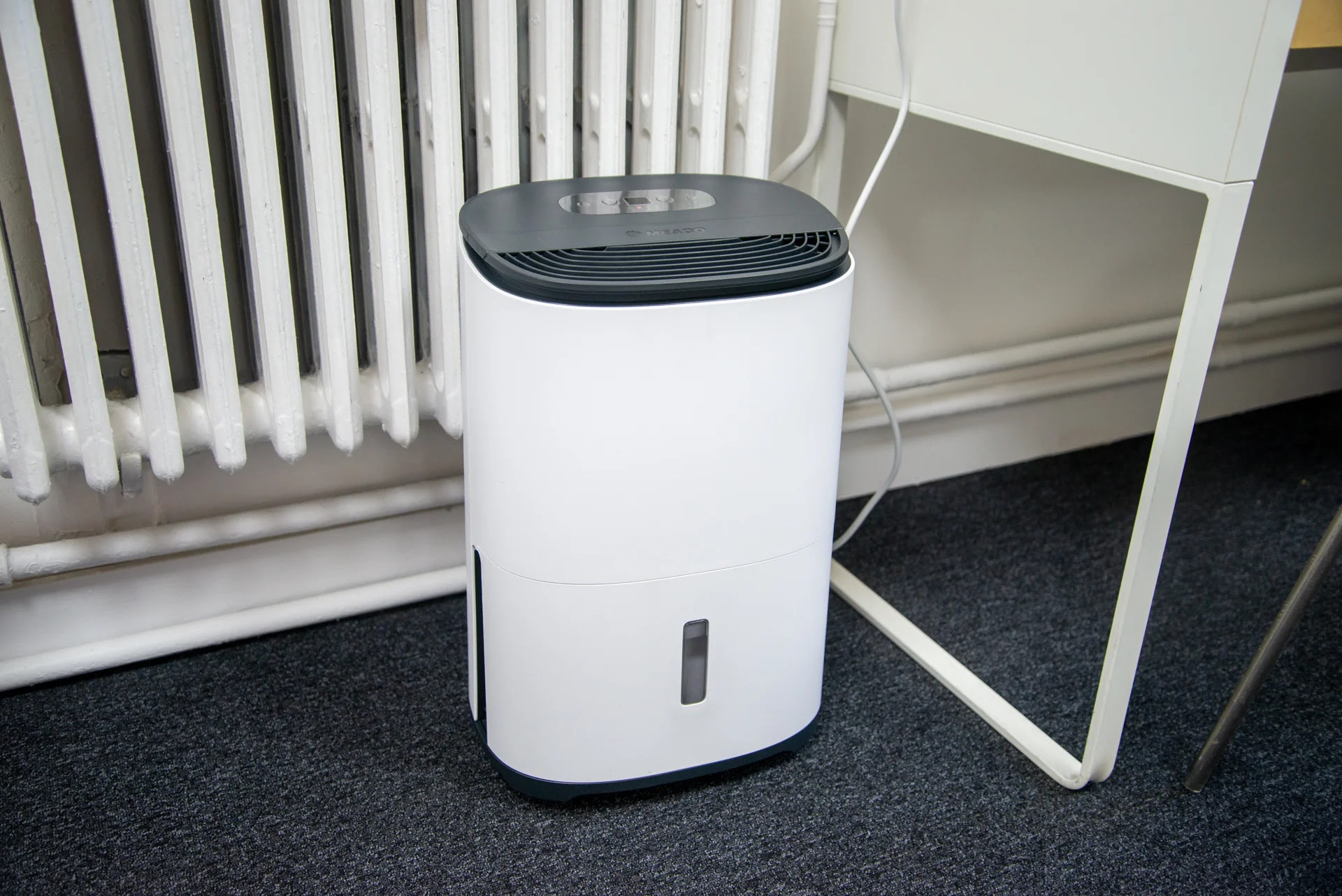
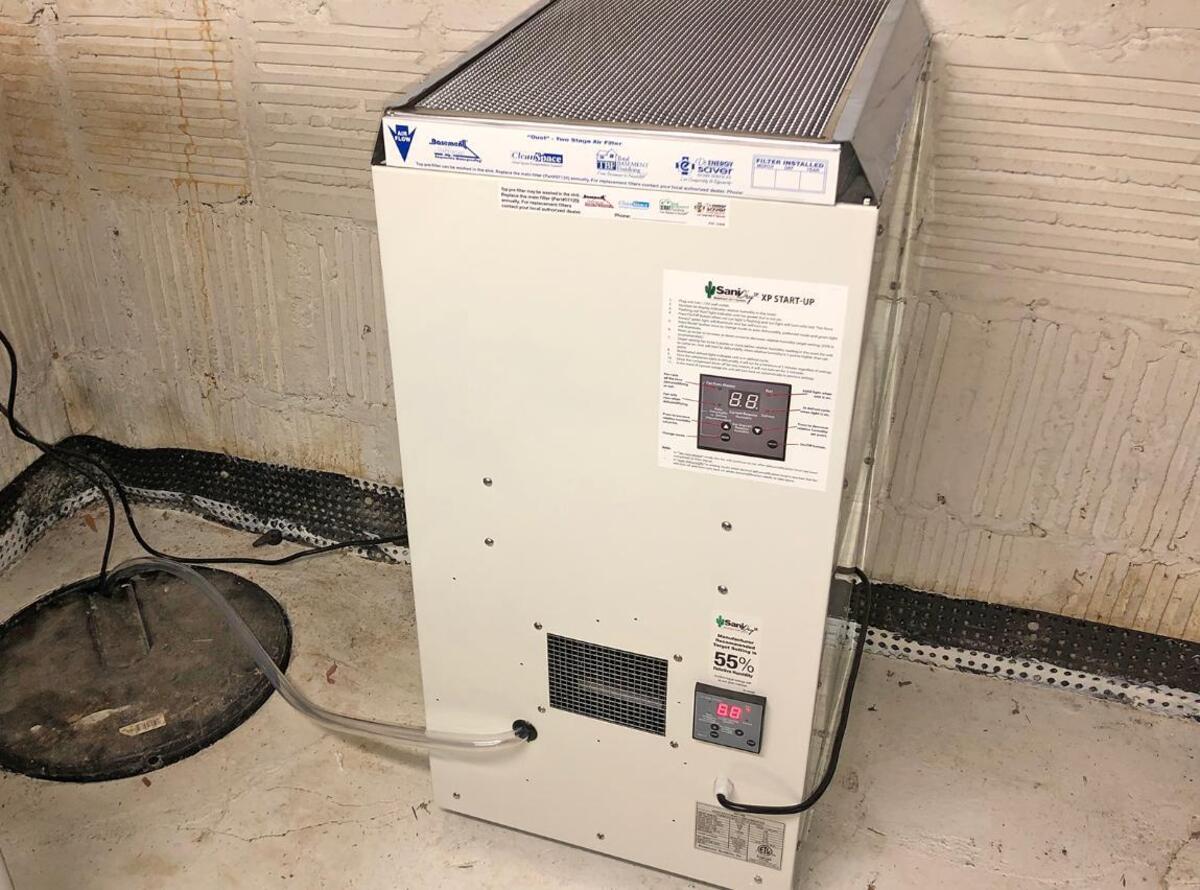
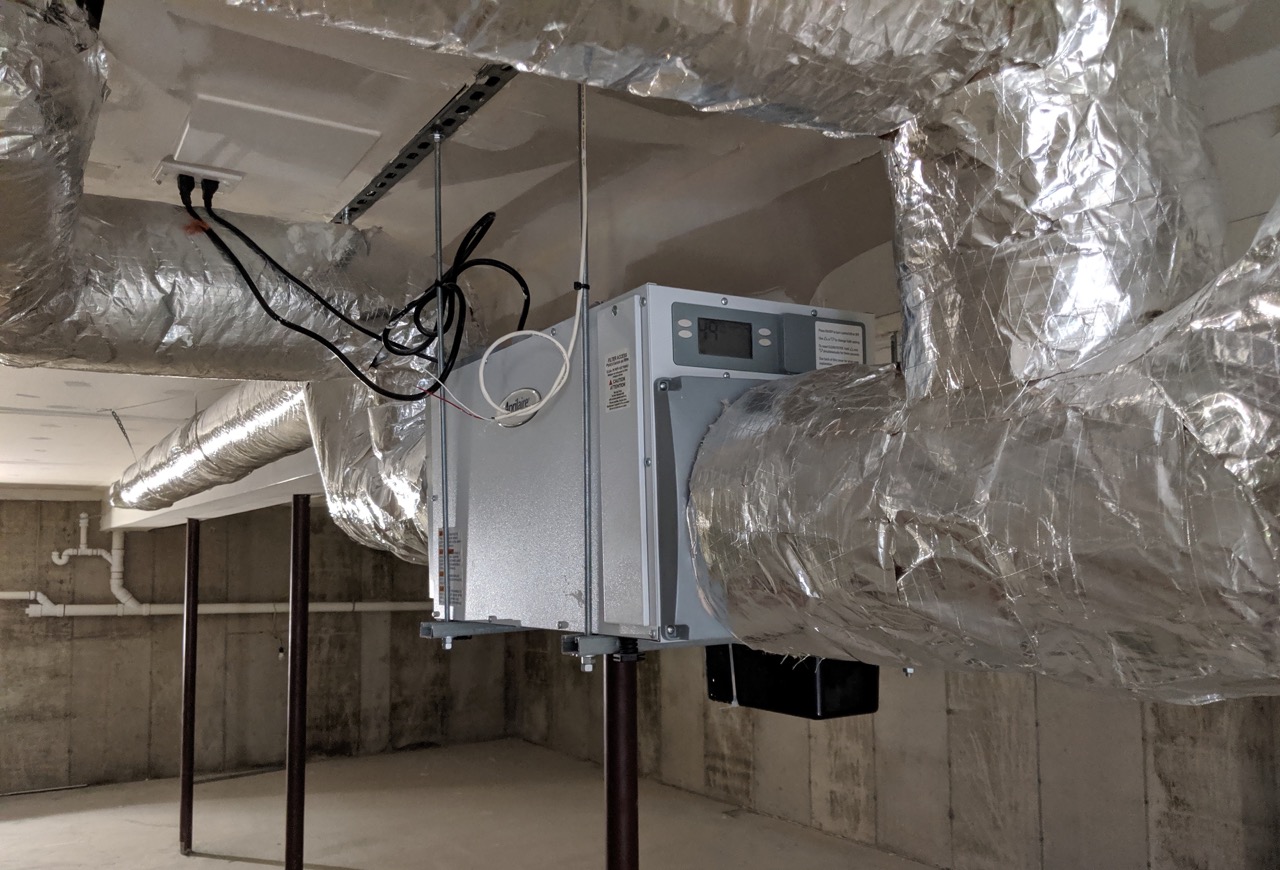
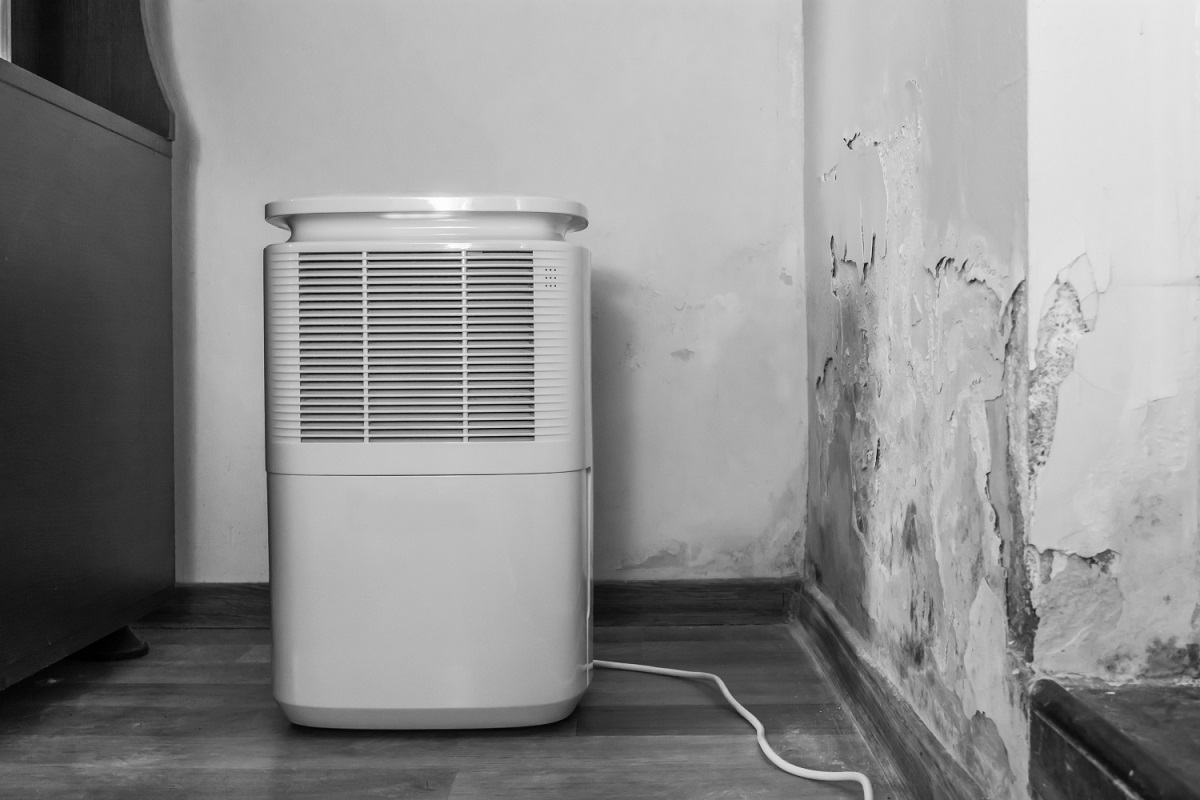
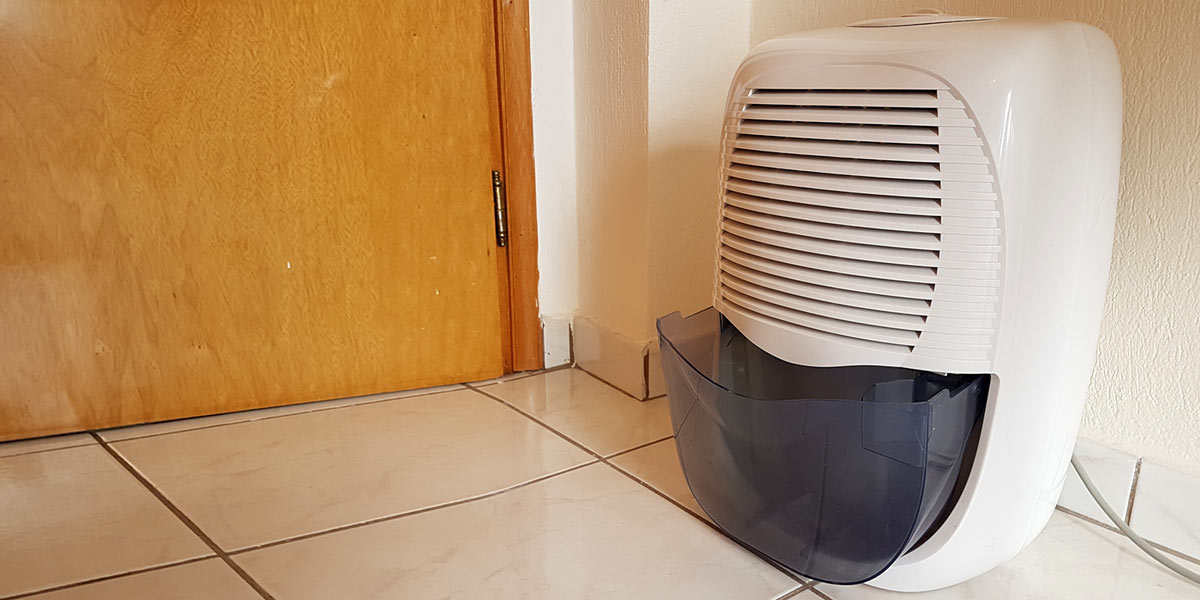
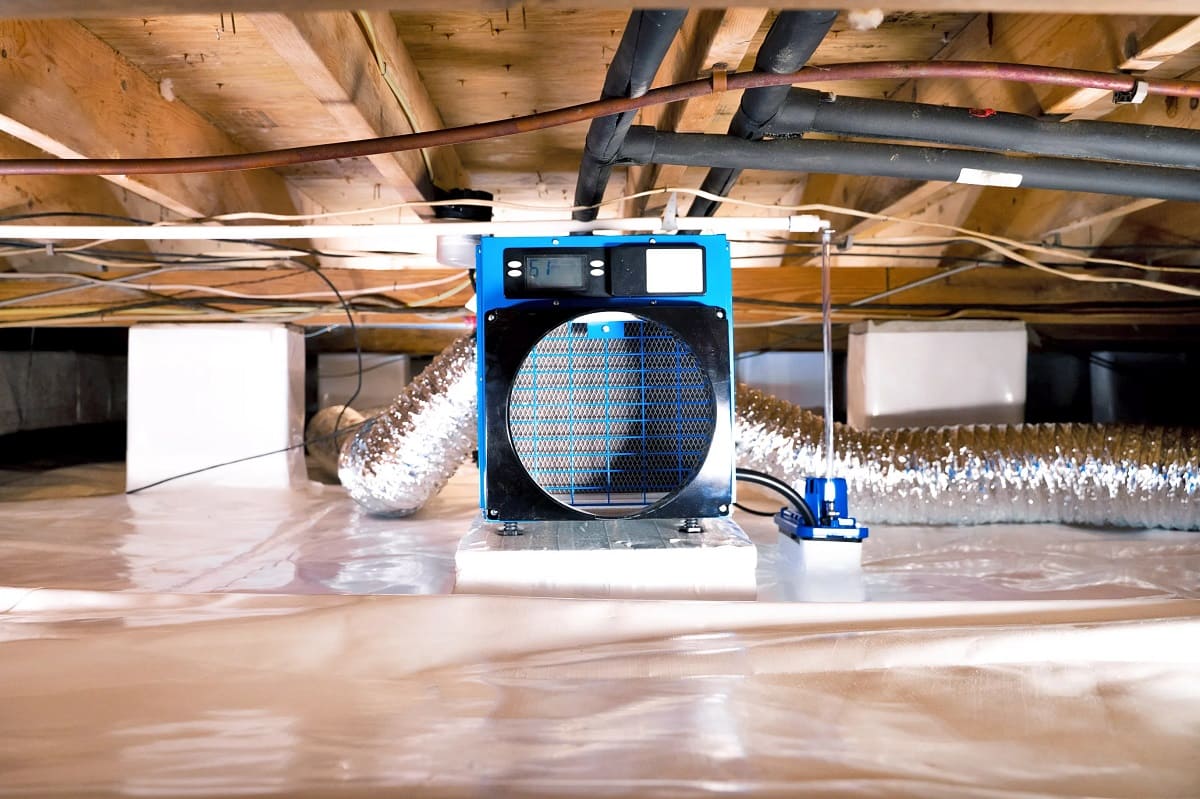
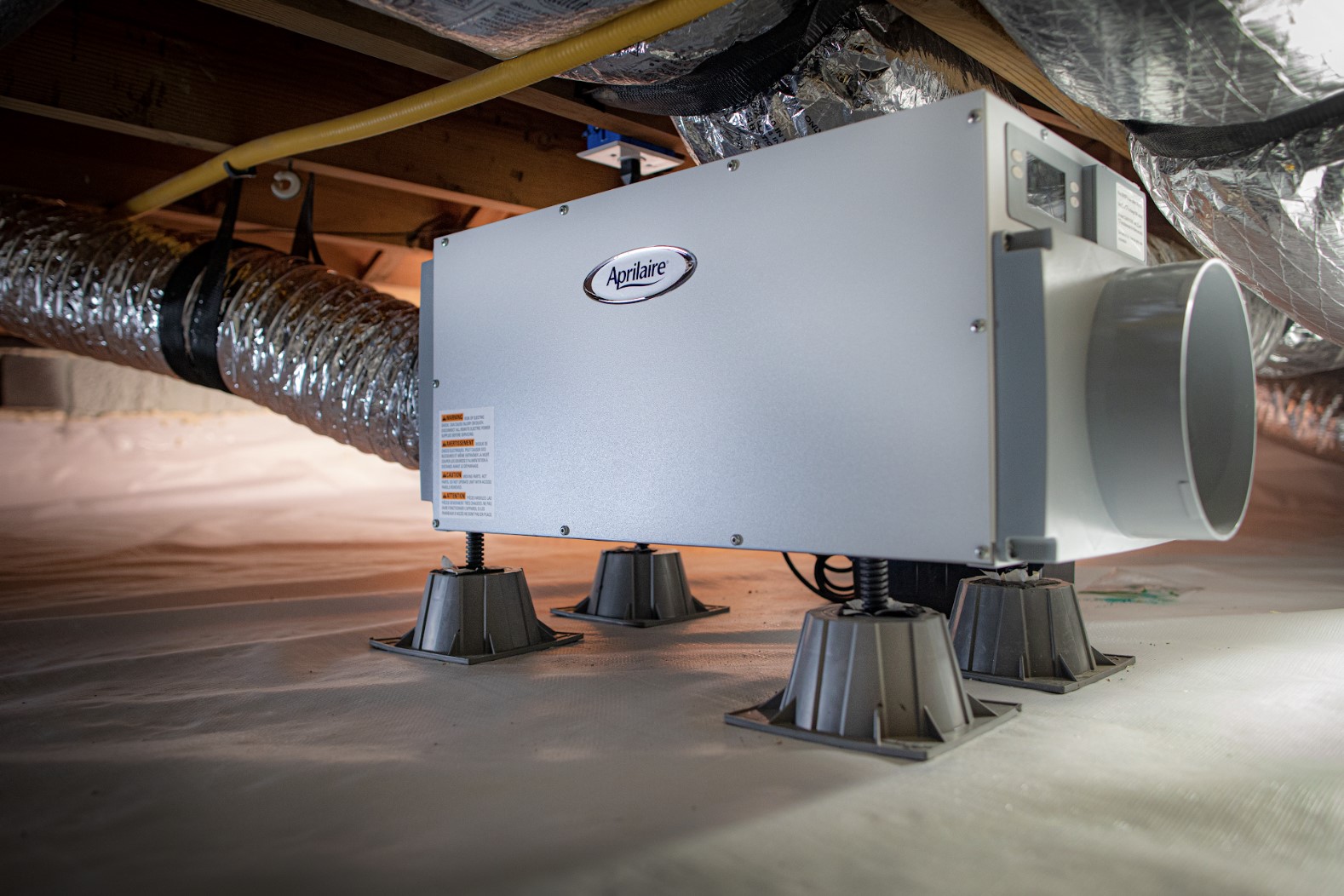
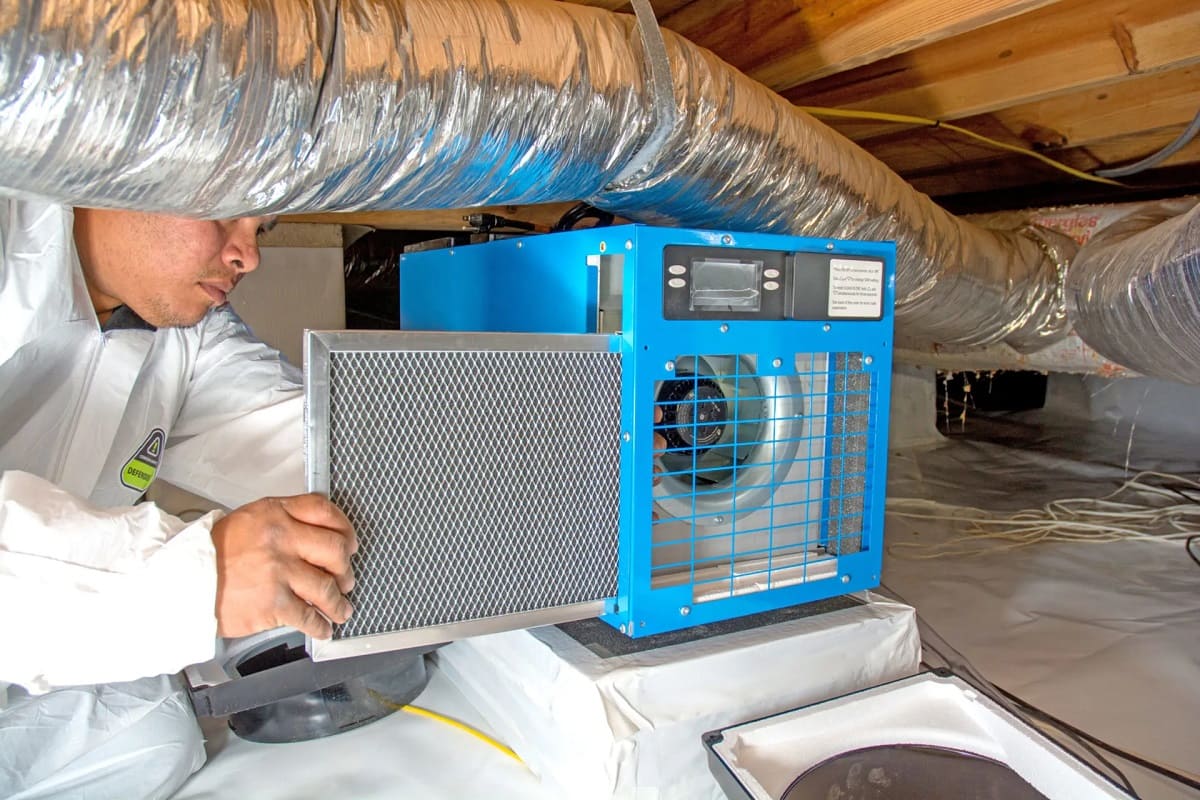
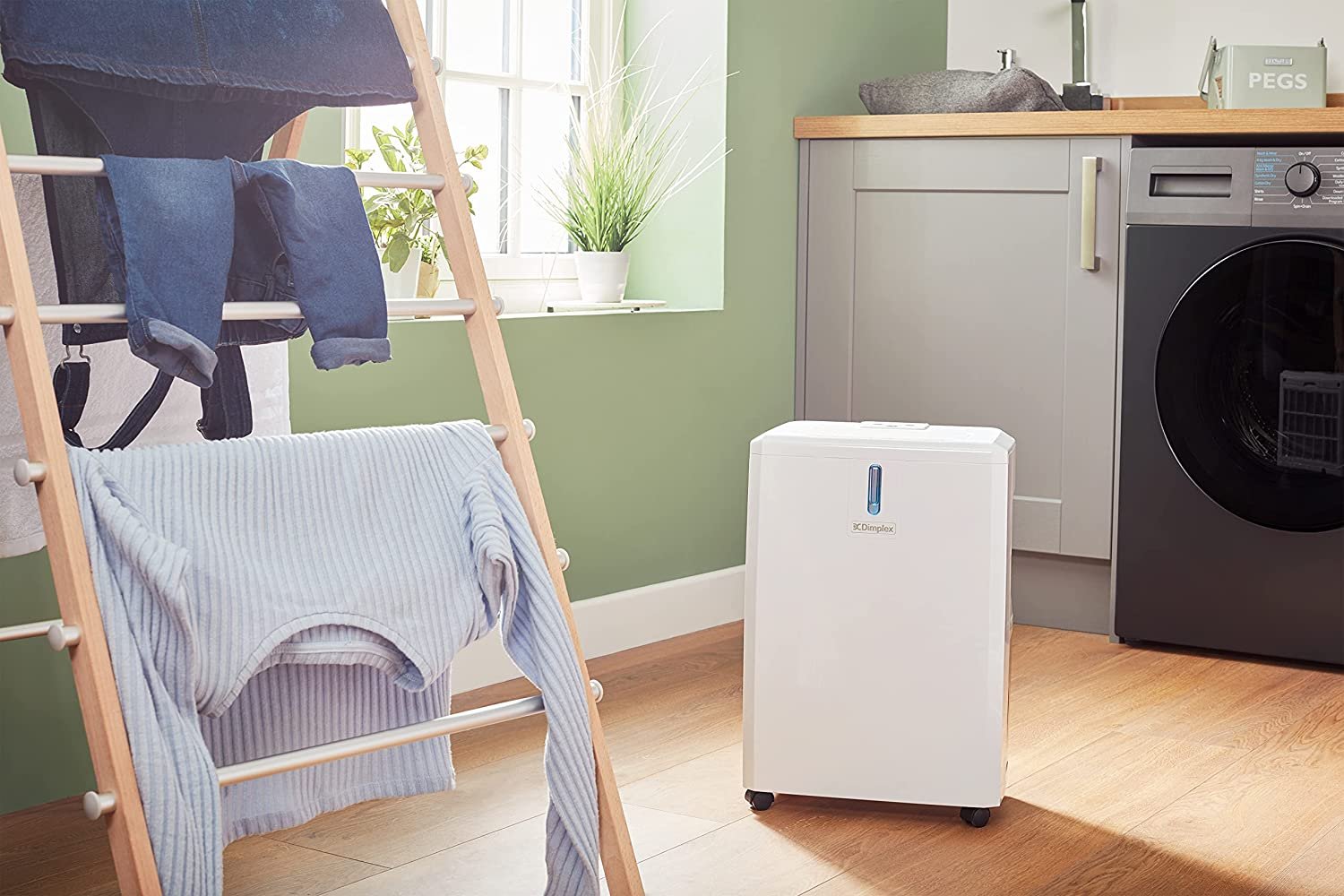

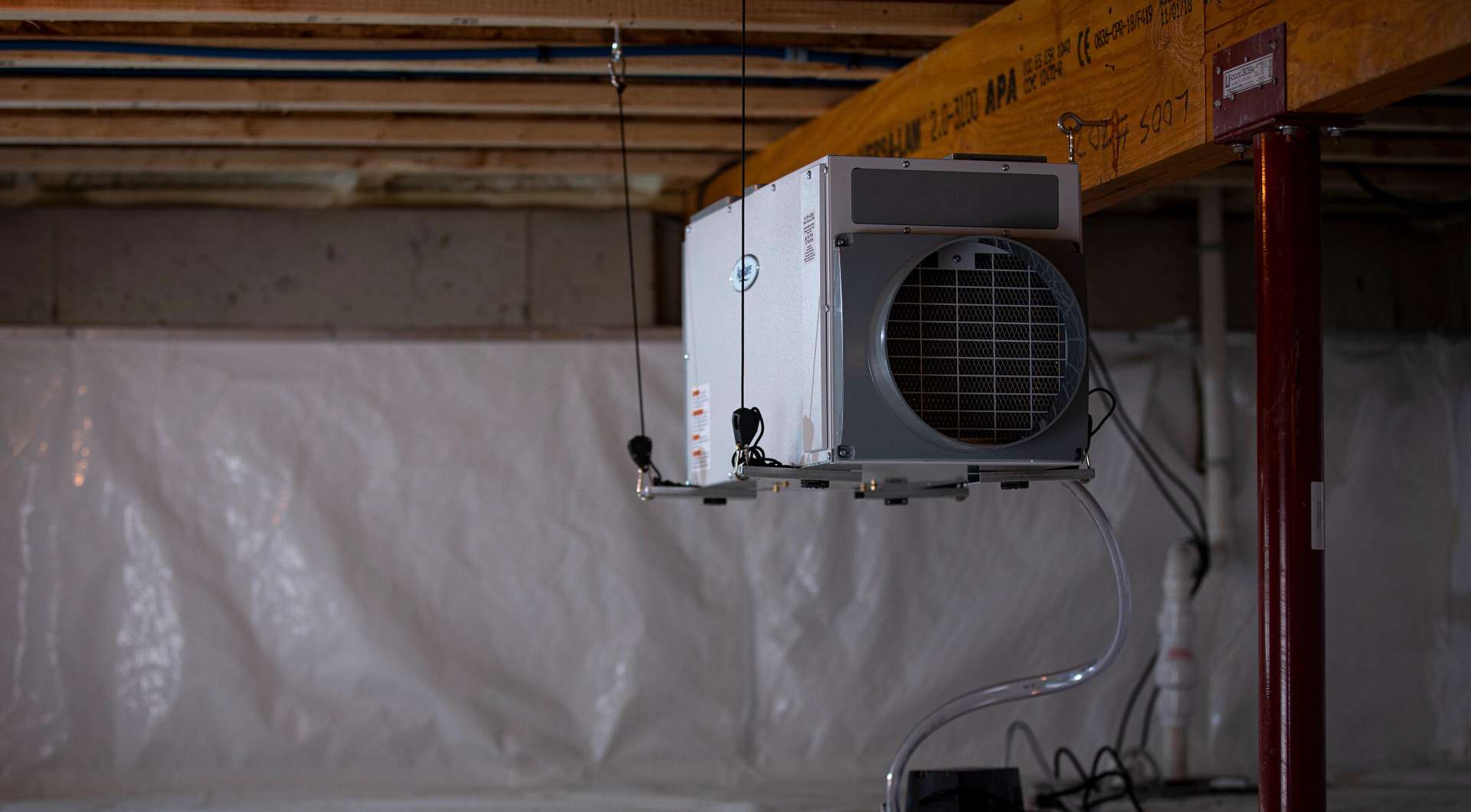
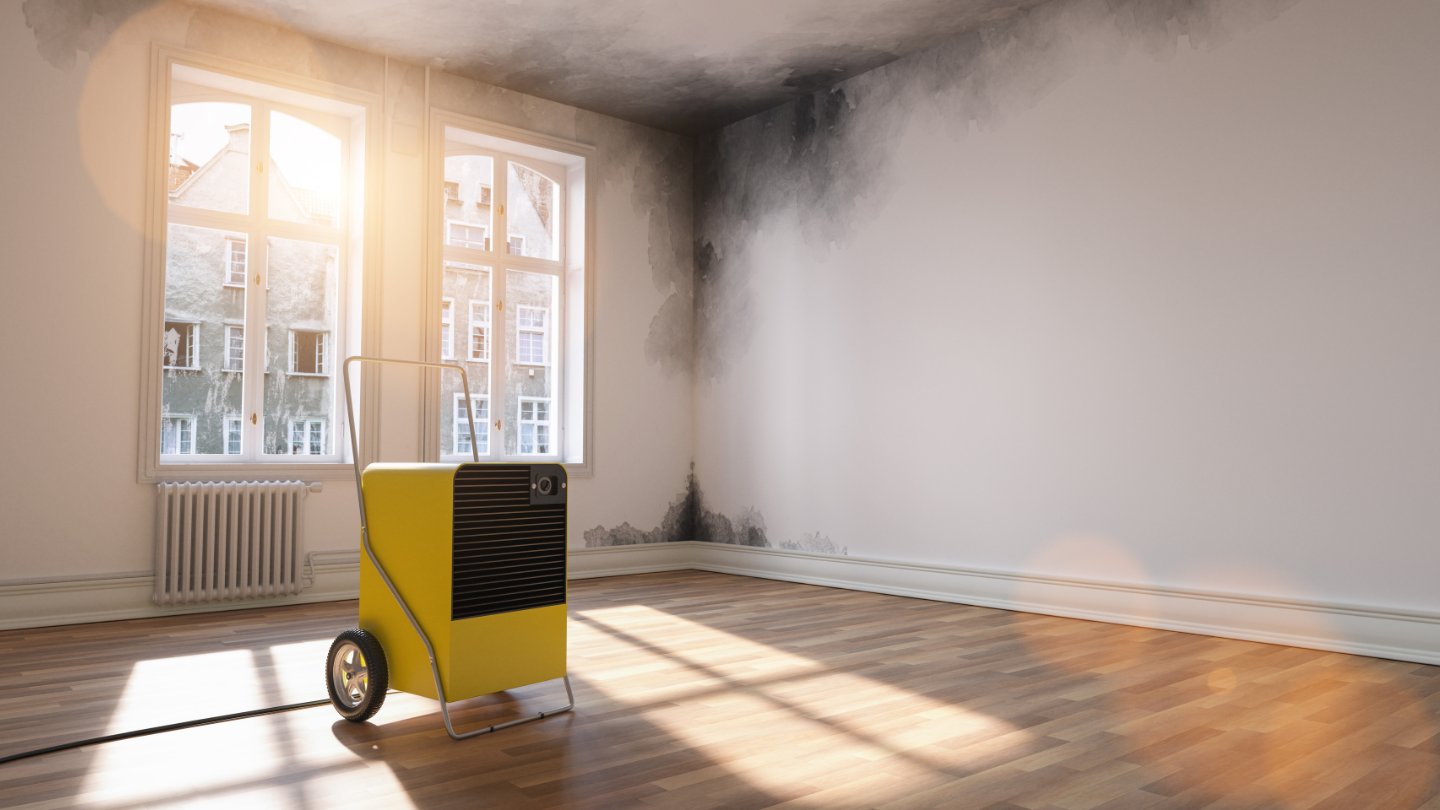
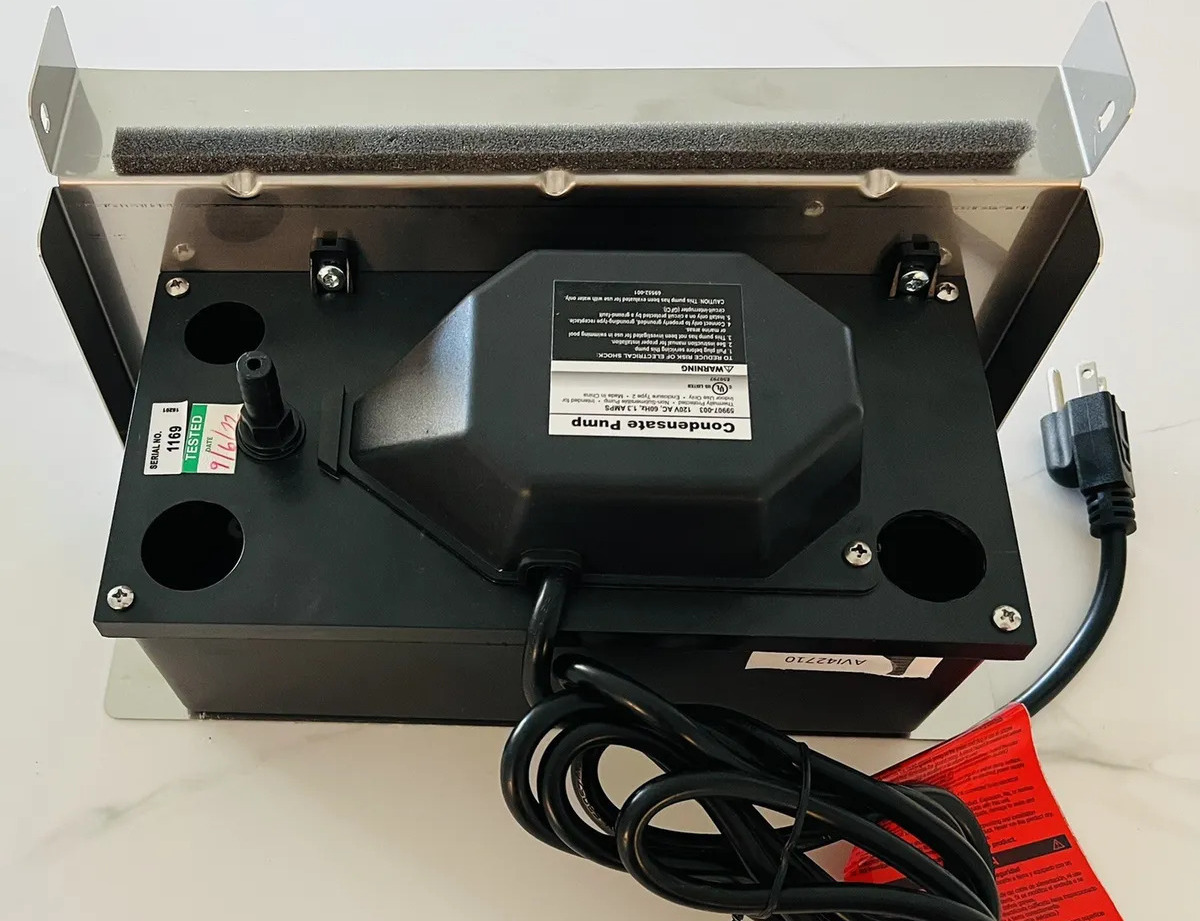

0 thoughts on “How A Dehumidifier Works”